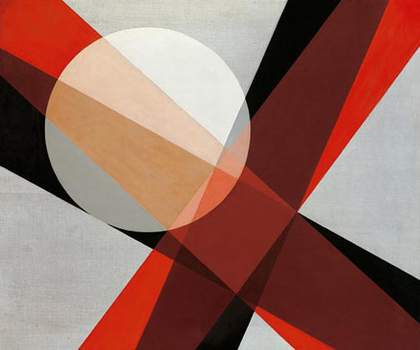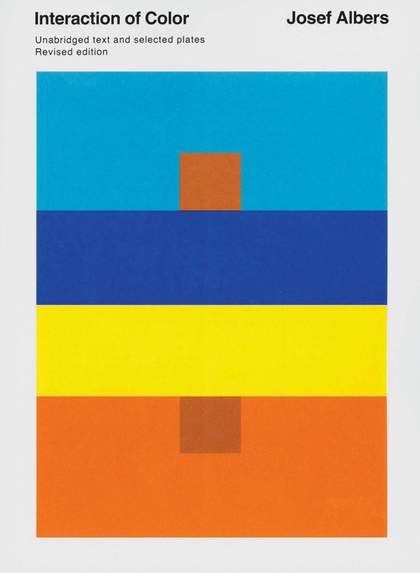A couple of years ago a friend of mine in the art history department at Yale told me she had just been introduced to Albers at a college fellows lunch. I said to her: ‘What? That’s impossible.’ She said: ‘No, no, it was definitely him. Very old German guy with silver hair, Josef Albers.’ I said: ‘No, you don’t understand. He’s been dead for 25 years – look, I’ll show you a picture of him.’ I found an old catalogue with his portrait on the back page. She said: ‘Yes, that’s him, Josef Albers. He was very friendly, and it was definitely him.’
The idea that he was somehow still around seemed compelling enough, and I started thinking about his work in a more sort of grounded way – as opposed to that of someone, say, whose presence is mainly transmitted through the pages of a book, or by writing. Artists have always tried to keep in art-historical contact through works from the past, but I thought why not just make contact with Albers directly?
I was curious about the Stencil typeface he’d designed in 1926, while he was at the Bauhaus. In a famous example of the work, Albers cut the letters out of a large square of glass. Adding the words YES and NO would turn it into a kind of Ouija keyboard. I was thinking of using glass, but hardboard is fine for a Ouija board, and it’s also an Albers material – his square paintings were made on this board, in 16, 24 and 40 inch sizes.
The séance itself was an odd and, I suppose, inconclusive event, but no more solemnly ridiculous than any good history seminar should be. It may have been a bit too conventional in the sense of a professor, head stuck in the past, fumbling with the technology of the presentation.
In fact, I was never sure about how to make the pointer for the board.The planchette, they call it. I’d spoken to a spiritualist, who told me not to worry about it, just use a small glass or something that can move around easily. She thought I didn’t even need the board, I could just write the letters on a table. Basically, that it wasn’t the thing, an object, but something less tangible – a kind of energy or faith.


